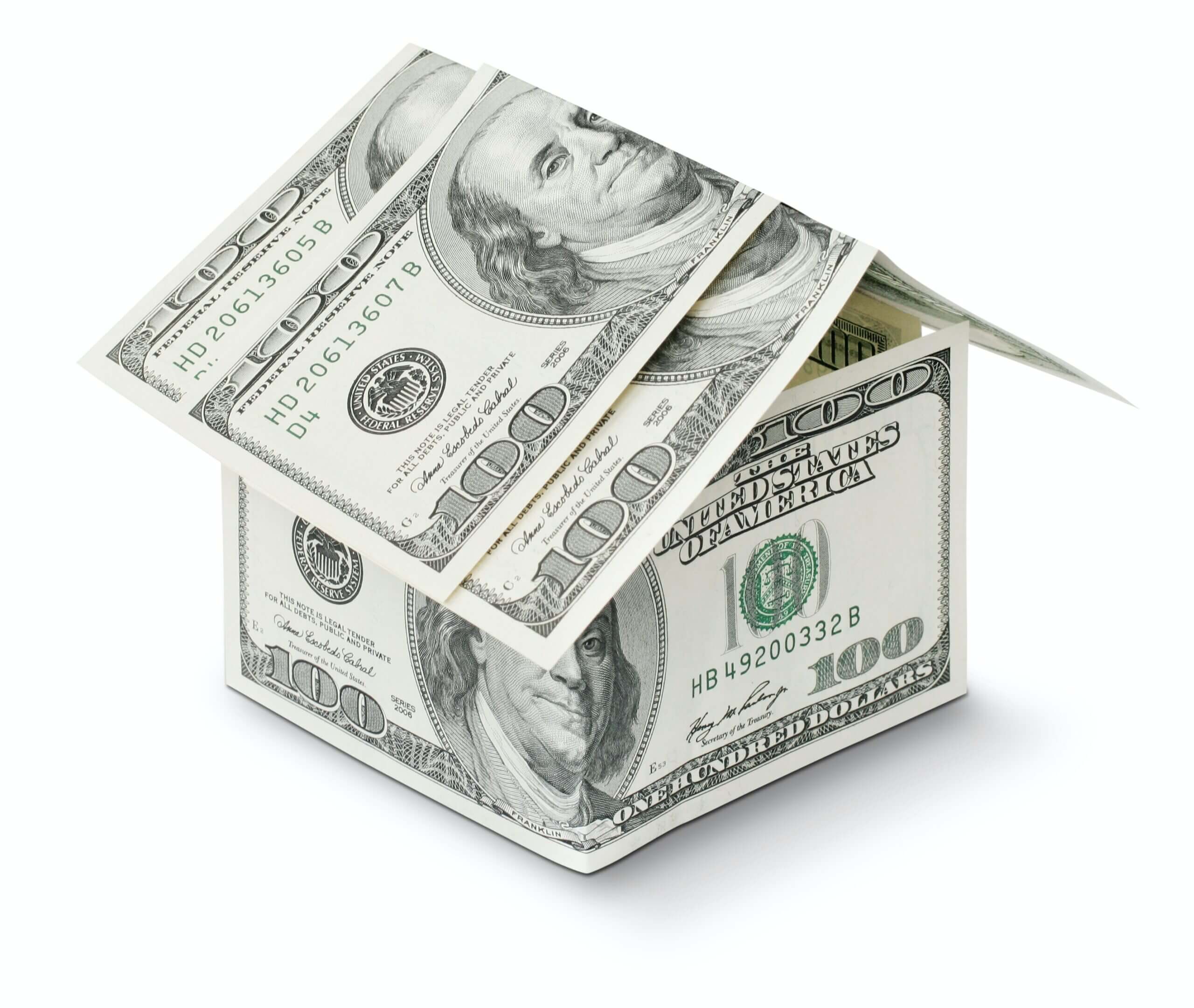Mortgage deals from around the time of the pandemic are no longer available, and many potential buyers can no longer afford them. But even though the number of people looking for homes is going down, prices are still high in most of the country. Many Americans are now wondering what will come next.
A normal real estate cycle has four parts: growth, too much supply, a downturn, and a comeback.
But what happens when something is missing from the equation?
Todd Metcalf, a senior economist at Moody’s Analytics, told Insider that the lack of homes for sale is throwing off the whole cycle.
Metcalf said that “hyper supply” is usually explained by the fact that builders build too many homes, so there are too many of them. “This happened right before the Great Recession, when the housing market was in a bubble. But on a national level, there is still a huge lack of housing.”
During the housing bubble of the mid-2000s, cheap debt, predatory lending, and complicated financial engineering led to many people getting mortgages they couldn’t pay.
When the bubble burst, it caused a crisis of underwater mortgages and a credit crisis for investors who owned bonds backed by these mortgages.
But in 2022, things are very different.
Since April 2021, home building has been at its slowest, and the housing market needs to build millions of homes to meet buyer demand.
Metcalf says that the housing market is no longer in a state of “hypersupply” but of “demand exhaustion.” In this phase, home prices go down not because there are too many homes on the market, but because buyers can no longer afford them.
“This is happening not because people don’t want to live in homes anymore, but because rising interest rates have made it hard for many people to buy a new one,” he said.
When buyers get tired of shopping, prices don’t drop by a lot, but rather by a small amount. This means that prices aren’t falling as fast as they did in 2008.
He said, “Builders will keep building, but they haven’t been building as much as they were during the housing bubble, when too much building caused an oversupply.”
“There were so many homes on the market, which was one reason why prices dropped so much.”
Mike Larson, a senior analyst at the financial research company Weiss Ratings, agrees that it will take longer for home prices to drop this time.
Larson said, “I don’t think official prices will drop sharply and quickly over the next few months.” “But as things get better this year, buyers and sellers will slowly realise that the latest and greatest housing boom is over.”
Even though 19.1% of home sellers lowered their asking price in May, which is the most since October 2019, the median asking price of newly listed homes went up 18% year over year to a new all-time high of $418,000.
Even though growth is slowing, home prices in some parts of the country are still going up. This means that people are starting to stop wanting to buy.
Larson says it’s too early to tell what the next phase of the housing cycle will be, but he thinks the housing market will stay tough for the rest of this year and for a long time into 2023.
“A recovery isn’t likely to happen soon, given how much house prices went up during the boom and how long mortgage rates are likely to stay high compared to what they were in 2020 and 2021,” he said.
“It will be a long time before incomes, prices, demand, and supply are all in balance again.”
Because of this, there were too many homes on the market, which drove down prices and contributed to the recession.

